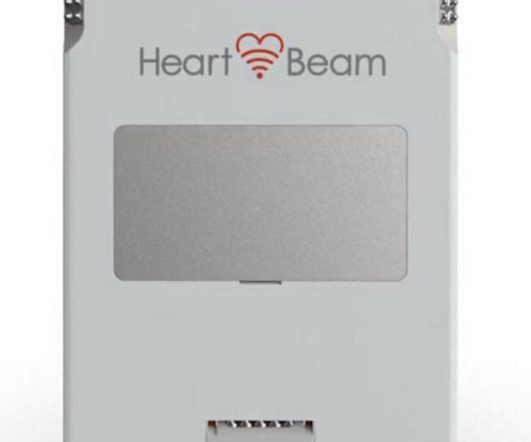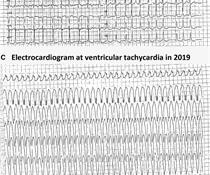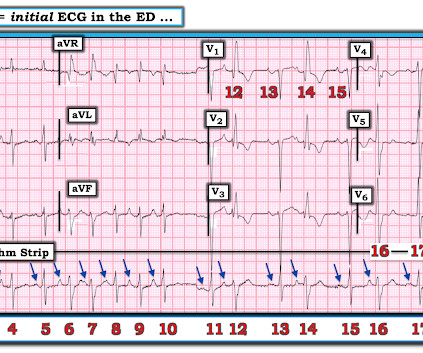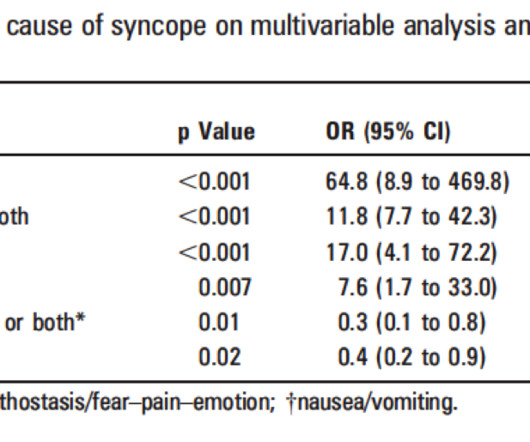HeartBeam Presents Positive Results on its Artificial Intelligence Capabilities for Detecting Arrhythmias
DAIC
APRIL 12, 2024
The data was presented by Vivek Reddy , MD, Director of Cardiac Arrhythmia Services at The Mount Sinai Hospital , during the European Heart Rhythm Association (EHRA) conference in Berlin, Germany. for single-lead ECG) without sacrificing the ability to identify those individuals without atrial flutter (specificity of 98.7%












Let's personalize your content